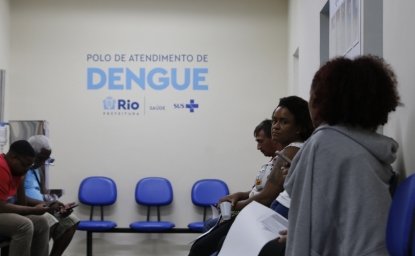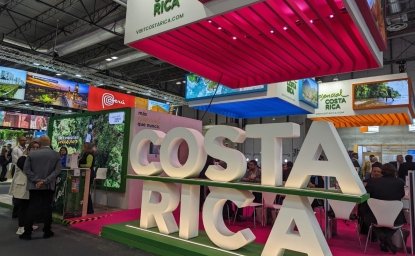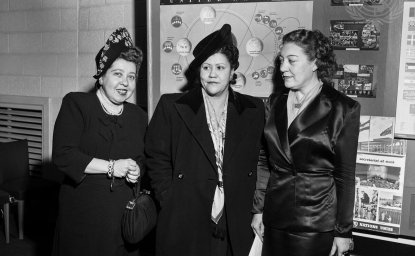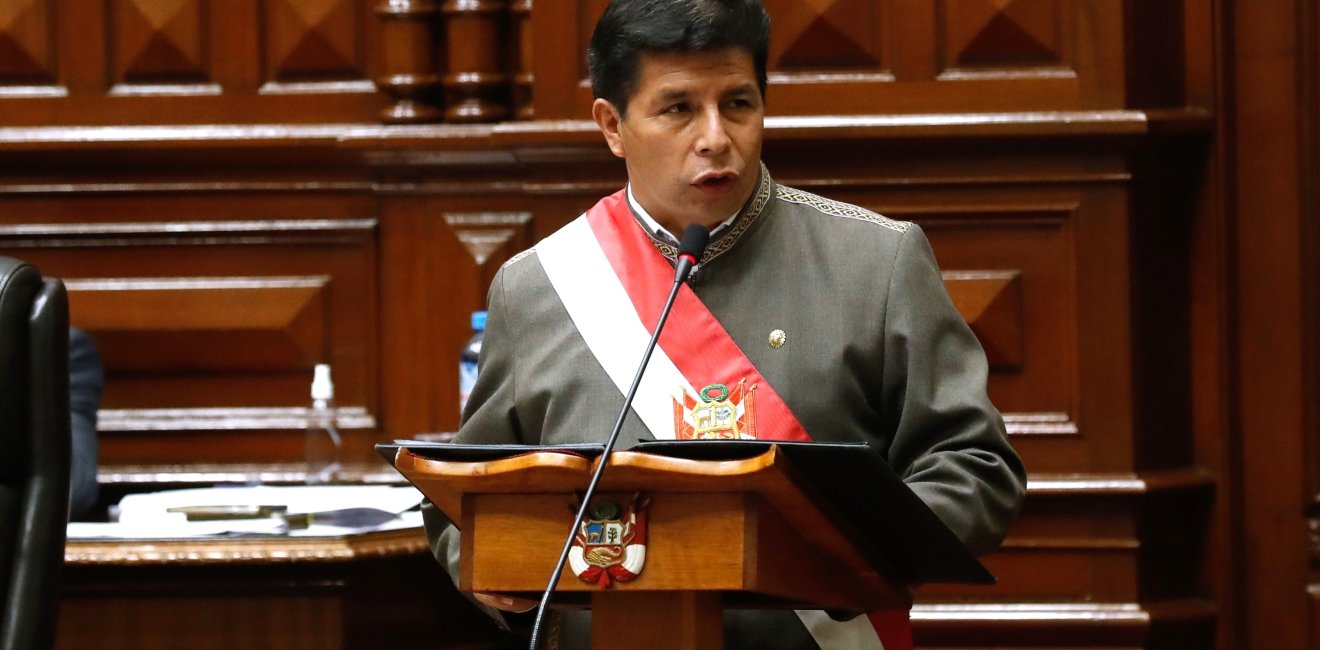
A blog of the Latin America Program
On July 28, 2021, Pedro Castillo made history as the first campesino and union activist to become president of Peru. As in much of Latin America, the devastating effects of the COVID-19 pandemic brought widespread demands for political change in his country. Castillo ran on a platform promising to raise taxes on the rich, redistribute wealth, clean up government and promote a new constitution to replace the liberal economic framework. His campaign slogan, “no más pobres en un país rico,” appealed to many who felt excluded from Peru’s macroeconomic success. His ascent was also seen by observers as part of a resurgent “pink tide” of democratically-elected leftists in the region, joining Mexico, Argentina and Bolivia, and followed by Honduras, Chile, Colombia and, quite possibly, Brazil.
Castillo was not the first choice of the majority of Peruvians, winning less than 16 percent of first-round votes, and his victory was due in large part to a divided field and the unpopularity of his second-round opponent, Keiko Fujimori. Yet as a former rural schoolteacher, Castillo channeled voter frustration over the collapse of public health services, prolonged school closures and high COVID-19 mortality rates. In the mineral-rich regions of the Andes he won large majorities, with promises to extract more resources from foreign companies and deliver much-needed infrastructure and services.
Castillo was not the first choice of the majority of Peruvians.”
Castillo’s first year in office was expected to coincide with a strong economic recovery, due to renewed global demand for Peru’s copper and other mineral exports. He would also preside over the bicentennial of Peruvian independence from Spain, a cause for national reflection, and the 50th anniversary of Peru’s relations with China, its leading trading partner and an important source of investment in mining, energy and infrastructure.
One Year Later
As Castillo’s government approaches its one-year mark, it is known less for transformation than improvisation and inertia. As of mid-July, Castillo had made 57 changes to his cabinet, while spending less than a quarter of the budget for public investment. The president’s disapproval rating is now at 74 percent.
As Castillo’s government approaches its one-year mark, it is known less for transformation than improvisation and inertia.”
To be fair, Castillo has faced strong conservative opposition in Congress, where he has dodged repeated impeachment threats. External factors have fueled inflation and reduced supply of key imports such as fertilizer. But Castillo has also lost the confidence of the party that put him in office, Peru Libre, whose leaders have joined forces with conservatives to criticize the government and censure cabinet members. Impatience with government inaction has led to renewed protests, by farmers, fishermen, transportation unions and peasants in communities adjacent to major mining operations.
Impatience with government inaction has led to renewed protests, by farmers, fishermen, transportation unions and peasants.”
To make matters worse, corruption charges have been brought against one of Castillo’s close allies, a former transportation minister, along with his palace secretary, sister-in-law and a nephew, accused of receiving bribes to direct public works contracts. In June, Castillo himself was called to testify before the attorney general, while a congressional committee launched a separate investigation into the president’s alleged membership in a “criminal organization.” In this context, the president has not surprisingly failed to advance a cohesive agenda on two issues critical to Peru’s economy and foreign policy: mining and infrastructure.
Mining and Social Conflict
Peru is the world’s second-largest producer of copper, and a major source of gold, silver, zinc, tin and iron ore. Mining is fundamental to the economy, accounting for 60 percent of export revenue, 10 percent of GDP and around 20 percent of tax revenues, and accounts for a large share of the funding for local and regional governments in mining regions. The mining sector is entirely in private hands, and numerous multinationals have a stake in the country, from Newmont, Glencore and Freeport-McMoRan to Chinalco and China Minmetals. This year, they were expected to contribute nearly $3 billion in taxes, twice the pre-pandemic level.
Social conflicts around mining, however, have put a dent in these projections. Two of the country’s largest copper mines, the Chinese-owned Las Bambas and the Mexican-owned Cuajone, which together produce 20 percent of Peru’s copper exports, have been paralyzed for long periods due to road blockages, vandalism and occupation of the mine sites. According to the National Mining Society, the country lost $770 million in export revenues in the first five months of this year because of unrest. In June, Peru’s Central Bank lowered its economic forecast for 2022 because of the weak performance of the mining sector, despite high commodity prices.
In both cases, protesters were not opposing all mine operations, but rather demanding that the companies and the government uphold past commitments, and in some cases expand local benefits.
The most challenging situation has been in Las Bambas, which produces around 15 percent of Peru’s copper, 1 percent of GDP and 78 percent of economic activity in the Apurimac region, where it operates. It is also the largest Chinese-owned mining operation in the world. Peasant leaders say the company has not complied with compensation agreements made by the previous owners, Glencore, and that neither the Peruvian government nor the new Chinese operators have consulted them on changes in the mining and transportation plans, in violation of Peruvian law and international agreements.
Since taking over in 2014, the Chinese owners of Las Bambas have made considerable investments in the operation, but they have faced persistent demands for larger direct payments and other benefits to local communities. In response, the owners have urged Castillo’s administration to supervise negotiations. The government has done so, but without much success, and Castillo’s willingness to declare states of emergency and deploy security forces to quash protests has contributed to the rift between the president and his former party. Indeed, Peru Libre has proposed nationalizing the mining industry, with a state-owned enterprise running Las Bambas.
Construction, Corruption and Quagmire
Similarly, Castillo’s attempts to improve Peru’s infrastructure – including badly needed roads, ports, airports, hospitals and schools – have faltered. As a byproduct of Brazil’s sprawling Lava Jato investigations, Peru leads the region in public officials charged with bribery and money laundering. Those scandals led Peru to tighten the rules for public building projects, but the attorney general is once again investigating serious irregularities in this sector, including in projects led by Chinese investors.
His administration is in survival mode, trying to avoid impeachment and retain a declining core of loyalists.”
As a result, as Castillo marks his first year in office, his administration is in survival mode, trying to avoid impeachment and retain a declining core of loyalists. Rather than riding a regional “pink tide,” his government is in a quagmire, facing opposition from the right and left and growing impatience from key investors. Voters have had enough. More than 60 percent of Peruvians want Castillo to resign and new elections to be called and a similar number say he should be criminally investigated.
Author

Professor of Political Science and Researcher, Center for China and Asia-Pacific Studies, Universidad del Pacifico, Peru

Latin America Program
The Wilson Center’s prestigious Latin America Program provides non-partisan expertise to a broad community of decision makers in the United States and Latin America on critical policy issues facing the Hemisphere. The Program provides insightful and actionable research for policymakers, private sector leaders, journalists, and public intellectuals in the United States and Latin America. To bridge the gap between scholarship and policy action, it fosters new inquiry, sponsors high-level public and private meetings among multiple stakeholders, and explores policy options to improve outcomes for citizens throughout the Americas. Drawing on the Wilson Center’s strength as the nation’s key non-partisan policy forum, the Program serves as a trusted source of analysis and a vital point of contact between the worlds of scholarship and action. Read more

Explore More in Weekly Asado
Browse Weekly Asado
Dengue Haunts South America’s Summers

Lessons from Costa Rica’s Economic Transformation

Women and Latin America’s Digital Revolution

